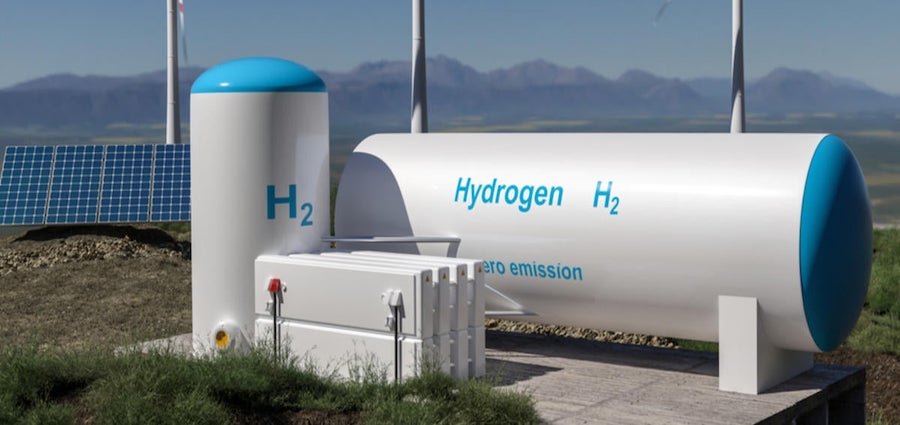The Big Problem Facing Hydrogen As A Future Fuel Source

Unlike batteries, which are heavy and take a long time to charge, EVs that draw their energy from hydrogen fuel cells, referred to as FCEVs, aren't much heavier than comparable ICE vehicles, and a fill of hydrogen takes no longer than the few minutes it takes to fill a tank with gas. But therein lies the problem: a severe lack of fueling stations that supply hydrogen.
The issue was raised last week during a conference in the UK organized by BMW, where, according to Auto Express, the automaker's head of hydrogen development, Jürgen Guldner, warned that the lack of hydrogen stations in the U.K. makes it difficult to justify launching cars that run on hydrogen in the country.
According to the RAC, an organization similar to AAA, there are only 15 hydrogen stations in the UK, and only six of these are open to the public. The situation isn't much better in the US. The Department of Energy lists 60 hydrogen stations open to the public, but all but one are located in California, grouped in clusters around San Francisco and Los Angeles. The only other state with a station is Hawaii, which has one in Honolulu.
During the same conference, David Wong, who heads technology and innovation at the UK's Society of Motor Manufacturers and Traders, pointed out the EU's response to hydrogen stations as something the UK should follow. The EU has set a target to have hydrogen stations present in all towns with a population of more than 100,000, as well as at intervals of 200 kilometers (approximately 124 miles) along all major highways by 2030.
Such a network would make FCEVs viable for more automakers, Guldner said, while highlighting that demand is there. According to him, BMW has received a lot of feedback from potential customers who want an EV but don't have off-street charging at home and/or travel many miles per day. He pointed out that FCEVs are also advantageous to EVs when towing or in cold weather, which is why truck companies are backing the technology as a solution for long-haul transport with zero emissions.
Regular Cars Could Also Burn Hydrogen
There's another benefit of having a ready supply of hydrogen available. Many gas-powered cars on the road today could be swapped easily to have their engines burn hydrogen instead of gasoline. It would eliminate carbon dioxide from the emissions, though there would still be harmful nitrogen oxides. However, there are ways to minimize this, like using urea-based selective catalytic reduction, as in modern diesel engines.
In addition to the lack of hydrogen stations, opponents of the fuel also cite its poor efficiency as a major drawback. While hydrogen is abundant, actually sourcing it as a fuel is typically done using a lot of energy. The most common method is from natural gas that’s undergone steam-methane reforming, a complex process that wastes a lot of energy and produces a lot of carbon.
Despite these challenges, several automakers are developing new FCEVs. Hyundai has just unveiled a second generation of its Nexo FCEV, and BMW, in late 202,4 announced plans to launch an X5 FCEV in 2028. The BMW will use a hydrogen fuel cell developed in partnership with Toyota, which currently offers a second-generation Mirai FCEV and is running pilot programs trialing FCEV semi-trailer trucks.
Related News


